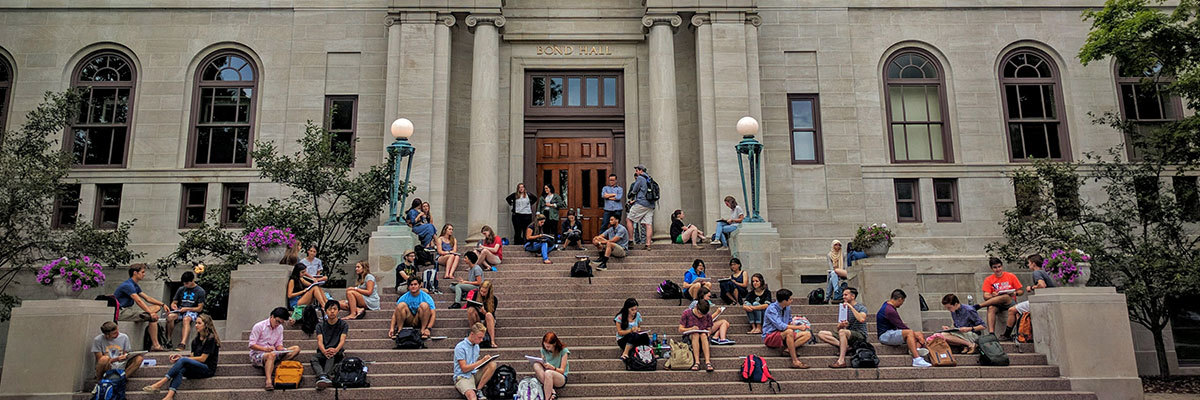
Academics & Programs
The University of Notre Dame School of Architecture is unique in its emphasis on traditional urbanism, classical architecture and dedication to principles that encourage community, harmony with nature and economy of resources and energy. The School’s mission is to educate leaders who will design and build for future generations, cities and towns that are based on a foundation of conservation and investment rather than consumption and waste.
To meet this mission of preparing not just well qualified architects, but true leaders of the profession, all of our students, both undergraduate and graduate, spend time in Rome, where Italy's rich history provides enduring models of timeless urbanism and architecture. Our Rome Studies Program is the only foreign studies program among American university architecture schools that requires a full year of study by all students.
Concentrations
The School serves as a convener of prominent and distinguished practitioners and academics in traditional architecture and urban design, hosting colloquiums, symposiums and conferences to explore all facets of classical architecture, including use of public space, human-scaled buildings, traditional construction methods, and an authentic sustainability.
From an architect’s perspective, the idea of sustainability is nothing new. In fact, it’s one of the oldest concepts in the book. Prior to the Industrial Revolution, all architecture was green, using naturally available energy resources to heat and cool buildings.
What was old has become new again, and the School of Architecture–positioning itself as the “Original Green”–is leading the charge back to the future of sustainable building.
New products and technology are only a small part of true sustainability. The School teaches that buildings must be made to last hundreds of years, not merely decades, and that buildings must take full advantage of natural ventilation and lighting. Students are also taught that society needs sustainable communities, not just buildings as the carbon footprint of buildings is irrelevant if one has to drive everywhere one goes. By drawing on success stories from the distant past, proponents of traditional and classical building and design are combining the best of both worlds – ancient ingenuity and the modern-day need for sustainability.
It is only natural that a program dedicated to the development of buildings and places that are lasting and meaningful to the communities that inhabit them provide education in the care for great existing buildings and places through thoughtful preservation practices. To this end, the School offers an undergraduate concentration in Historic Preservation. The curriculum emphasizes not only the tangible heritage of physical structures and landscapes, but also the intangible heritage of bodies of knowledge, craft traditions, and formal languages that produced our historic places and that, in many cases, survive or are recoverable today.
Preservation, from this viewpoint, becomes a bridge uniting past, present, and future
The University of Notre Dame offers more than a credential. The complete program of studies includes a foundation in the humanities and the arts which allows students to explore what is human and how cultures have evolved and been transformed in ways that cannot be measured. By studying history, culture and art, we gain analytical skills that through their abstraction allow us to carry knowledge into unfamiliar places thus elevating the human spirit and enlarging our spheres of engagement.